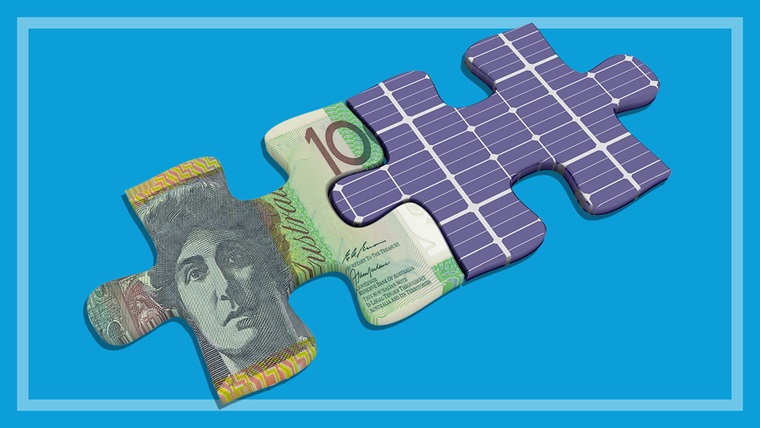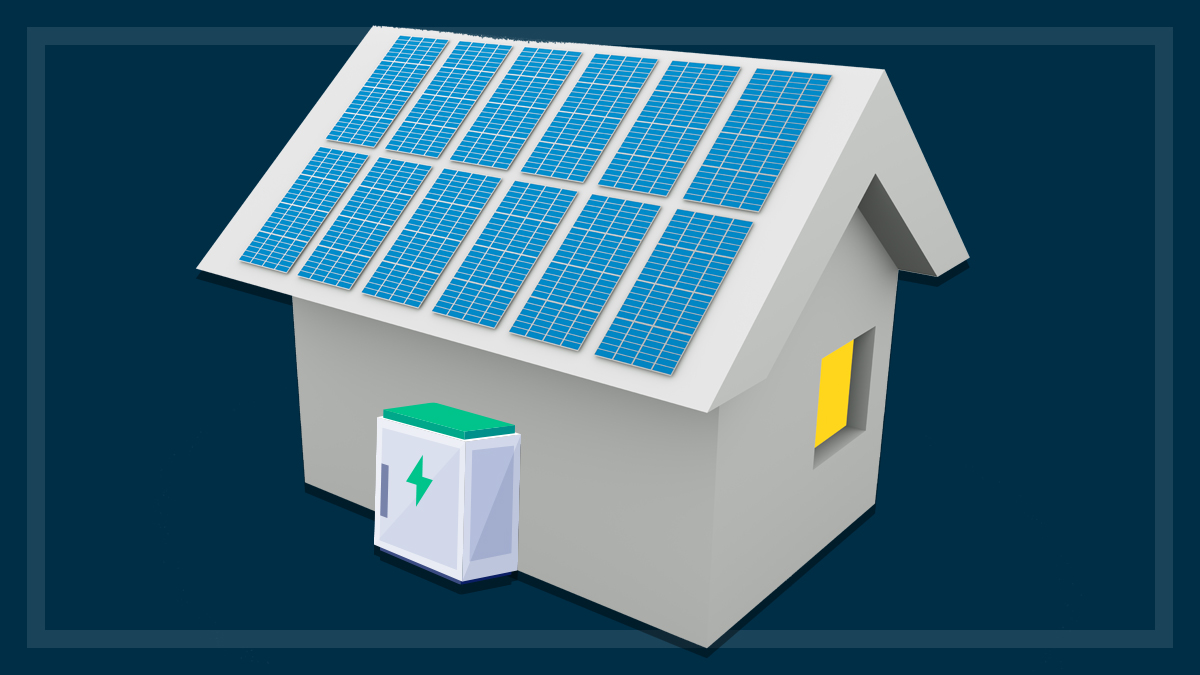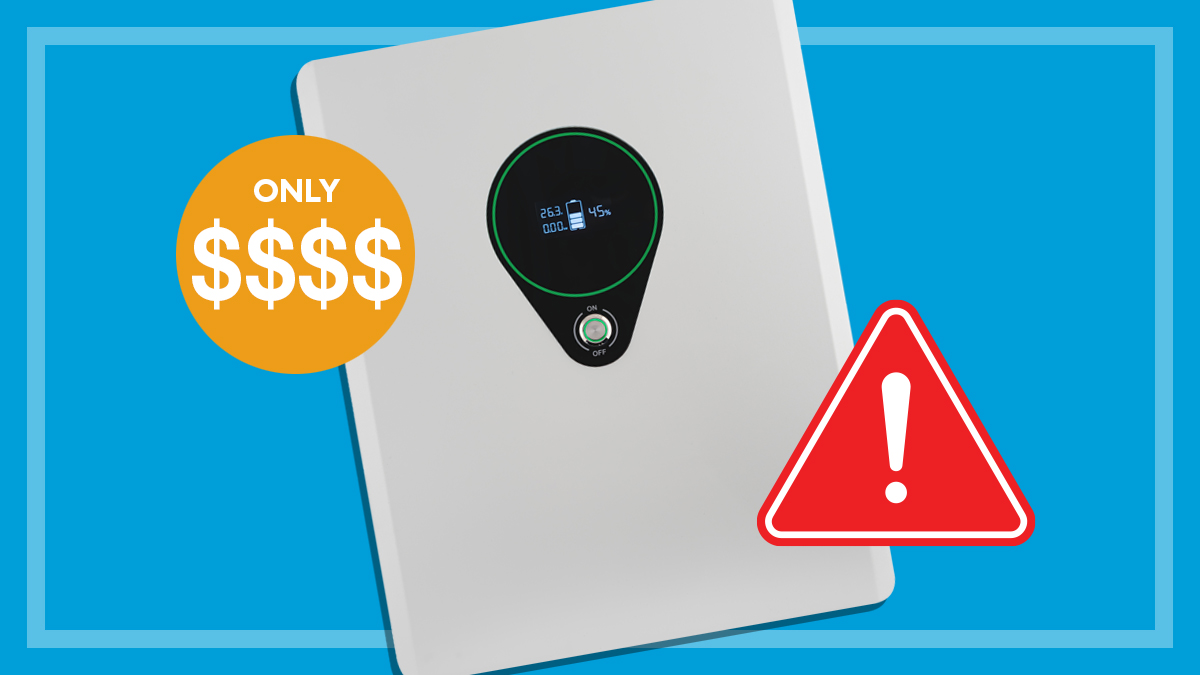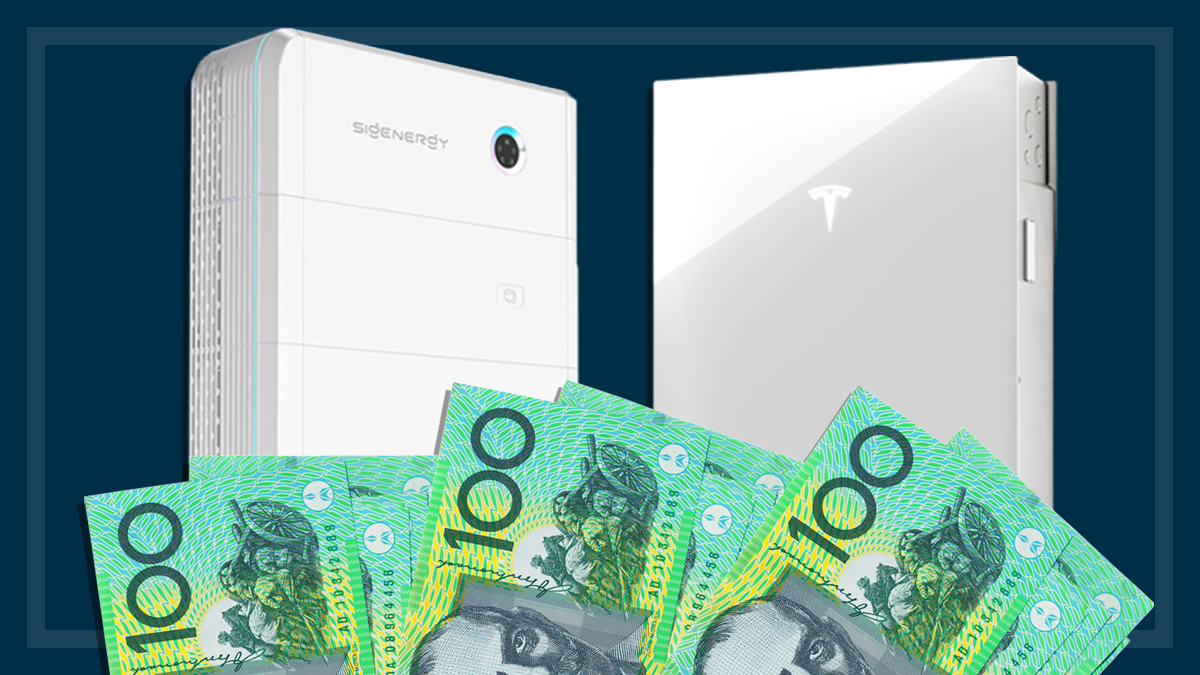Get our independent lab tests, expert reviews and honest advice.
The cost of leaving appliances on standby
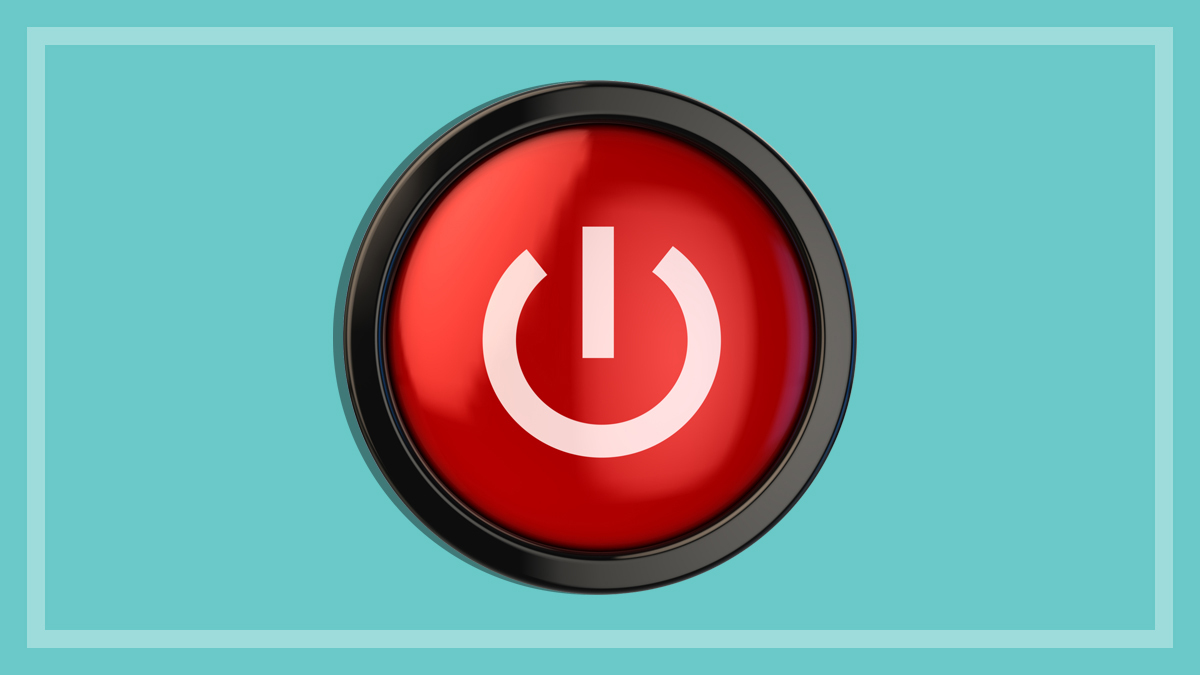
Need to know
- Leaving your appliances on standby could cost you hundreds of dollars a year
- Digital video recorders (DVRs), wireless routers and printers can be some of biggest energy hogs
- Other appliances, such as TVs, dishwashers and air conditioners, won't cost you much at all
Look around your house and you’ll find many appliances – TVs, microwaves, phone chargers, washing machines and games consoles – that all cost you money even when you think you’ve turned them off. The arrival of the smart home will only add to your power bill: by 2023 the average home is expected to have almost 20 connected devices.
Standby energy costs eat into your bank account in small bites, but the bigger cost doesn’t just show up in your electricity bill. The total cost of standby energy across the country can amount to tonnes of CO2 and other greenhouse gases being emitted.
We’ve found that if you have a lot of appliances that are inefficient, you could be paying hundreds of dollars or more per year for unnecessary power and contributing more than 1000 kilograms of greenhouse gases to the environment.
How much energy does an appliance use in standby mode?
When we compared appliances in 2019, the difference between the most efficient and least efficient was marginal in most areas. When it came to large air conditioners, for example, the lowest annual standby cost was $0.01, while the highest was $1.80. An efficient Blu-ray player cost nothing a year in standby costs, while the least efficient cost $0.05.
But with some products we saw a greater difference, for example the lowest standby energy cost for an Ikea microwave was $0.67 compared to a Panasonic model at $6.28. The starkest divide was with multi-function printers, where the lowest standby cost was $0.00 compared to an absolute energy hog at $32.06.
It’s often older appliances that use the most
Individually, most appliances will only draw a small amount of energy on standby, but Australia-wide it adds up to an immense amount of power. It’s often older appliances that use the most; energy-saving initiatives have generally made new appliances much more efficient in all respects, particularly if they have to adhere to an Energy Star rating. And while standby costs may be a small part of your total power bill, isn’t it better to have the money in your pocket, rather than the electricity company’s?
Standby energy costs – home entertainment
Blu ray player
Lowest cost $0.00
Highest cost $0.01
DVR (Digital video recorder)
Lowest cost $2.80
Highest cost $31.30
Games consoles
Lowest cost $0.57
Highest cost $0.88
Powered wireless speakers
Lowest cost $1.54
Highest cost $5.78
Soundbars
Lowest cost $0.40
Highest cost $16.70
TVs
Lowest cost $0.01
Highest cost $0.02
While home entertainment appliances can consume a significant amount of energy, any product that has to adhere to an Energy Star rating such as TVs by law must meet stringent standby energy figures to be sold in Australia.
Standby energy costs – IT products
Multi-function printer
Lowest cost $0.00
Highest cost $32.06
Smart LED light
Lowest cost $0.71
Highest cost $5.55
Smart speaker (voice assistant)
Lowest cost $0.27
Highest cost $9.92
Wireless router
Lowest cost $7.13
Highest cost $41.58
Laptop computer
Lowest cost $0.66
Highest cost $2.66
Wireless mesh router (set of 3)
Lowest cost $31.23
Highest cost $54.04
Some IT devices need to be in a constant state of readiness, particularly devices that use voice activation such as Smart LED lights and smart speakers. However CHOICE testing has shown that this need not mean a spike in energy use.
Standby energy costs – appliances
Air con – large
Lowest cost $0.04
Highest cost $1.08
Clothes dryer
Lowest cost $0.28
Highest cost $1.72
Dishwasher
Lowest cost $0.01
Highest cost $0.53
Microwave
Lowest cost $0.67
Highest cost $6.28
Washing machine
Lowest cost $0.00
Highest cost $7.60
Some appliances such as air conditioners will inevitably incorporate smart aspects to their operation, such as turning on as you approach your home or learning what temperatures your family may find comfortable. But if you don’t need certain features, such as a Wi-Fi enabled washing machine or Bluetooth Microwave, don’t enable them.


